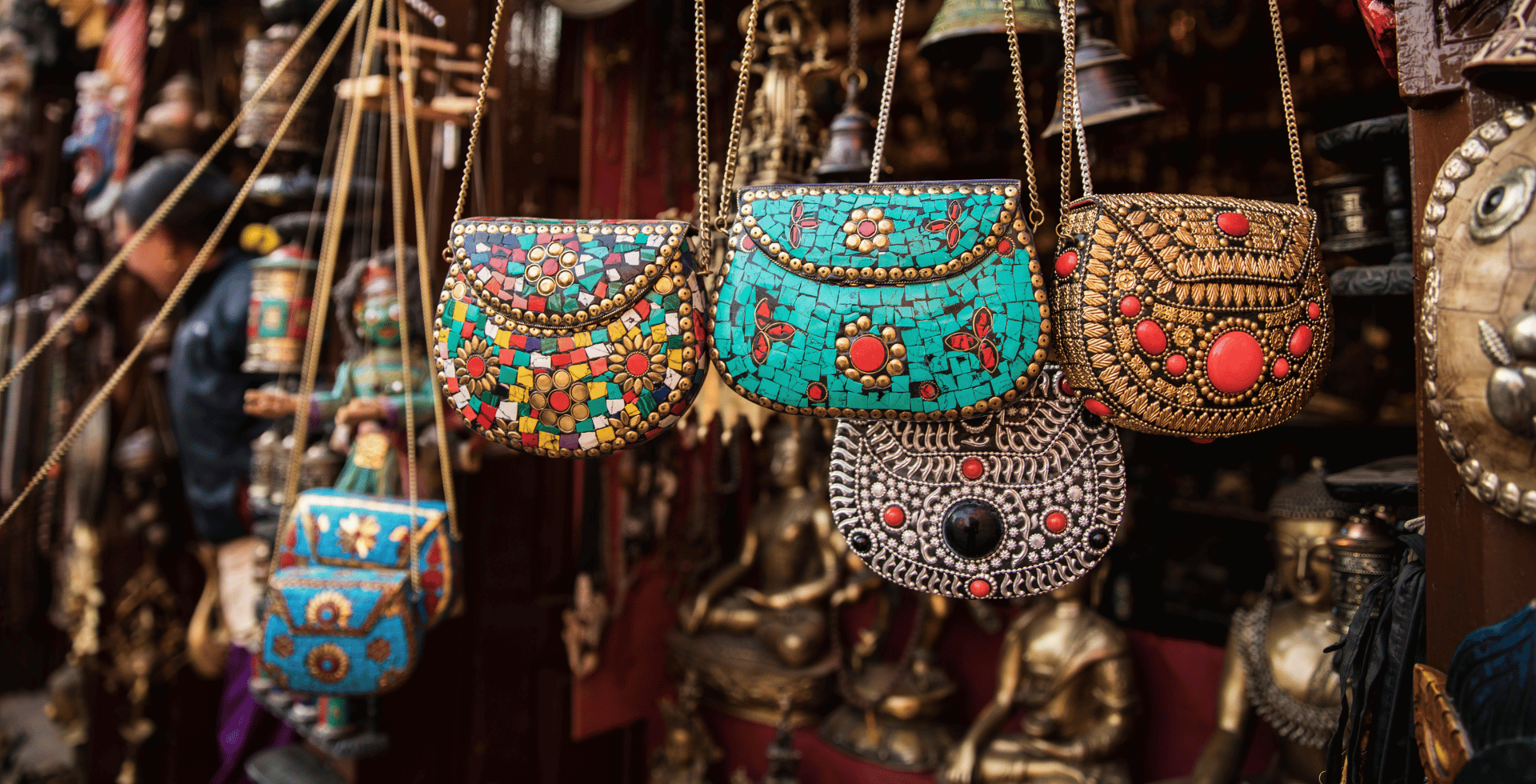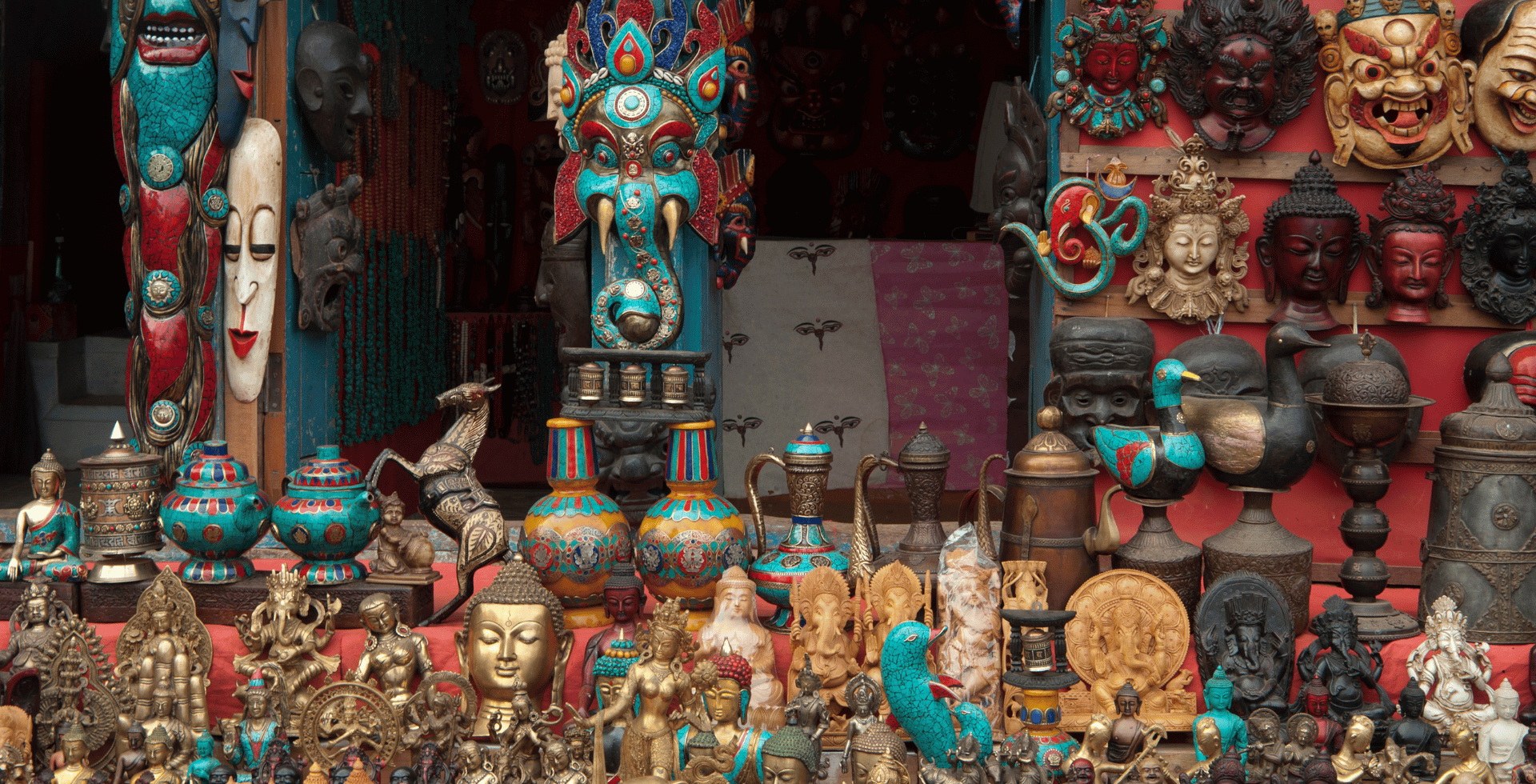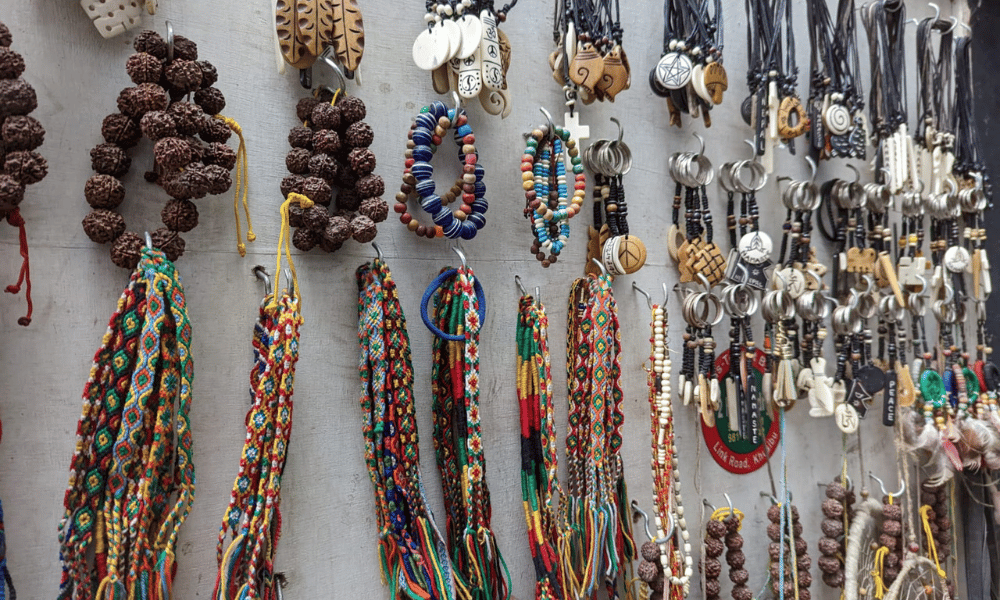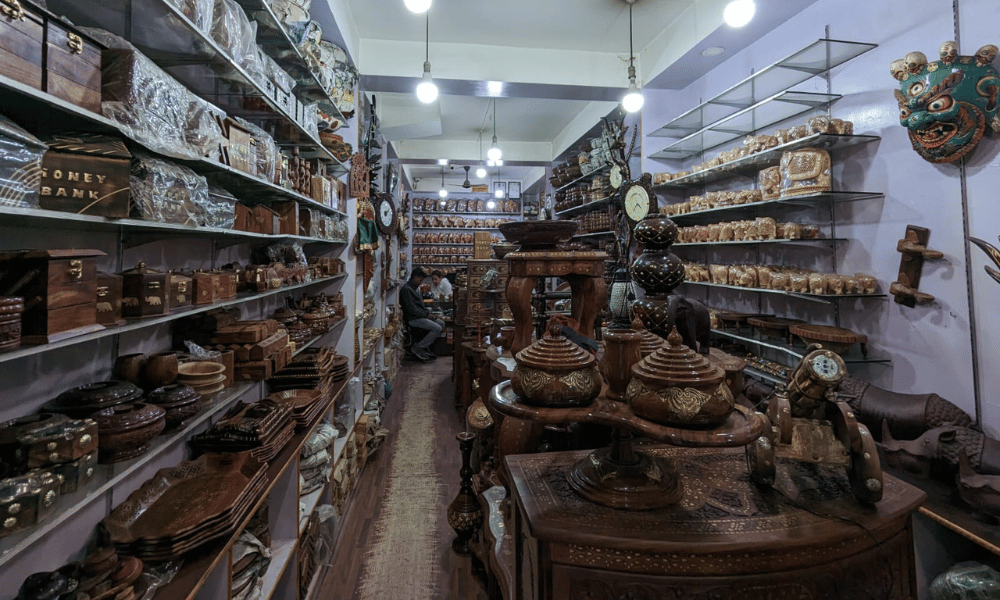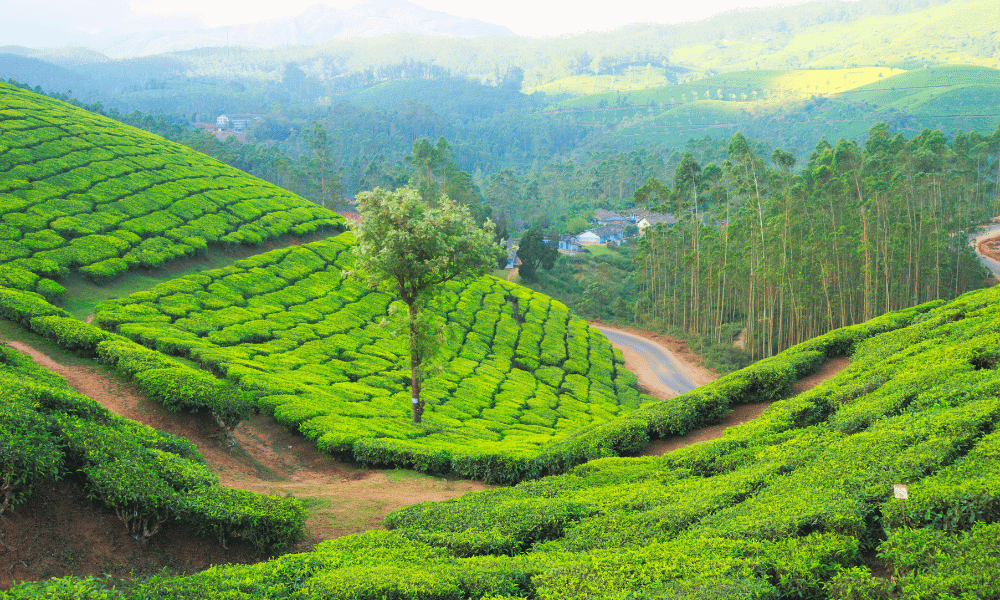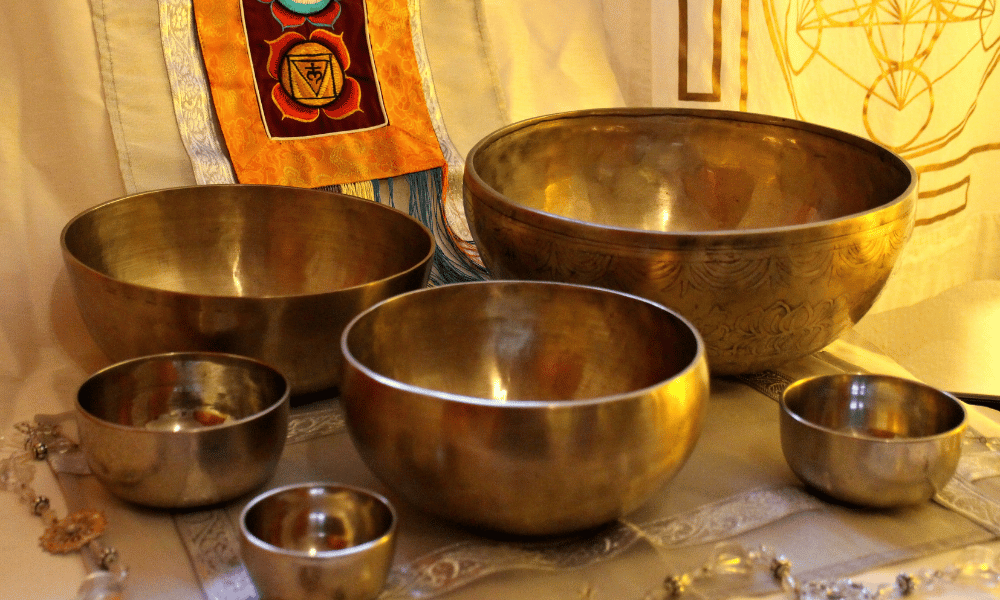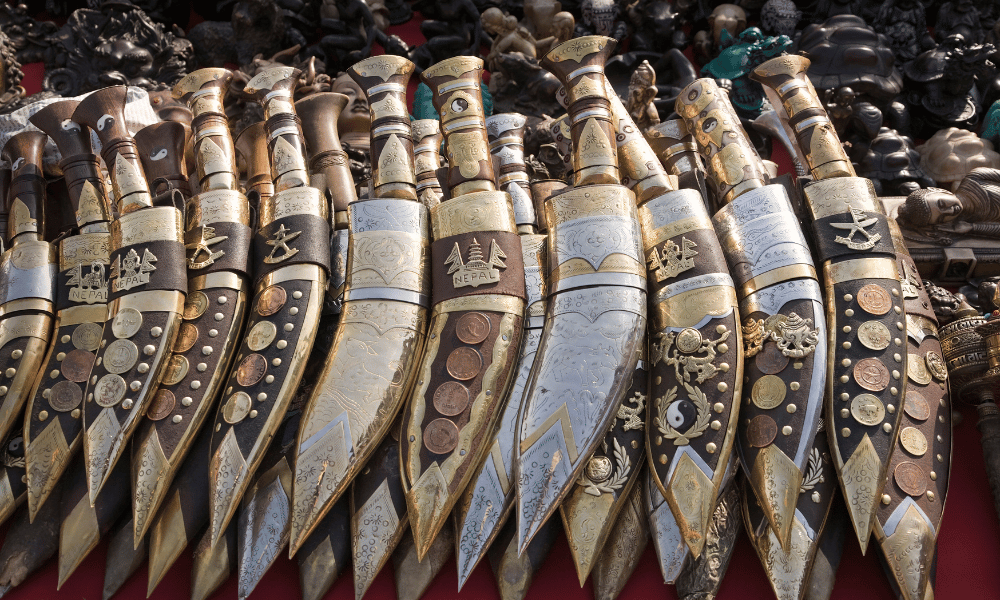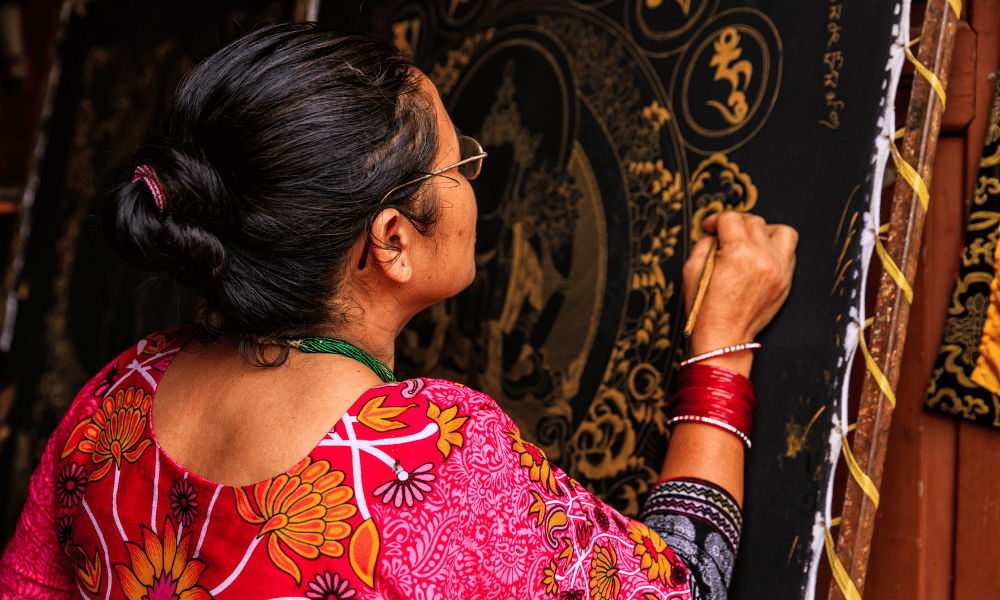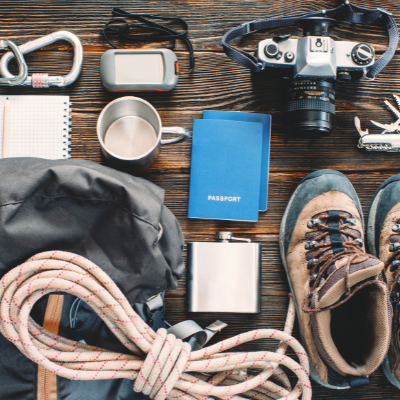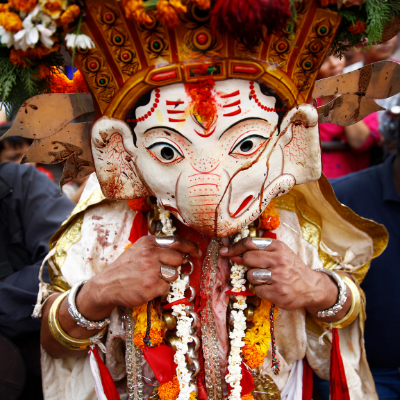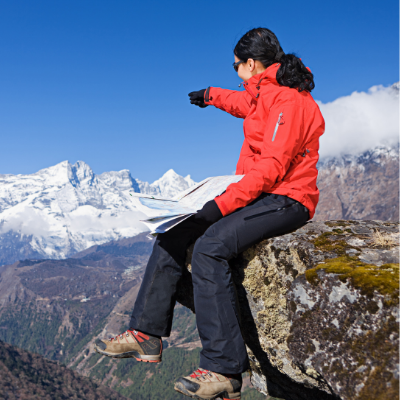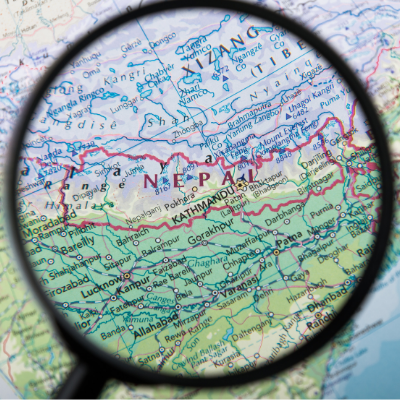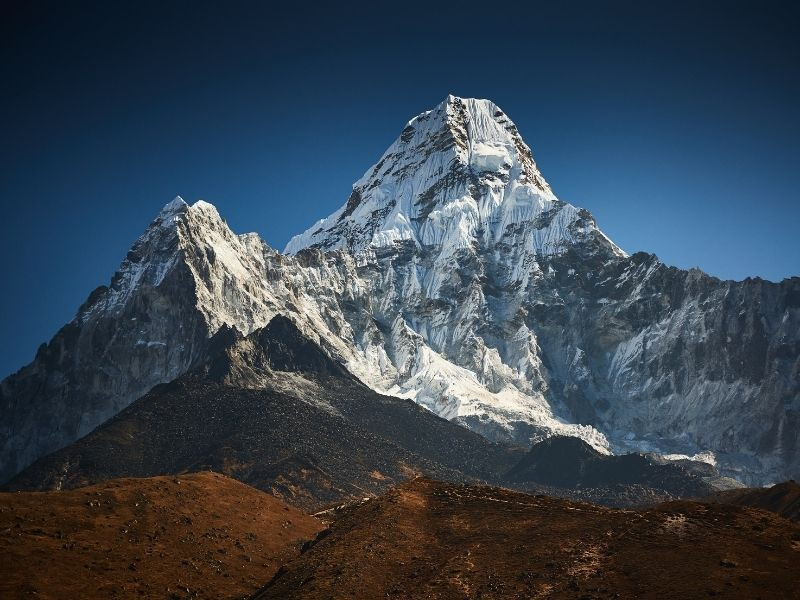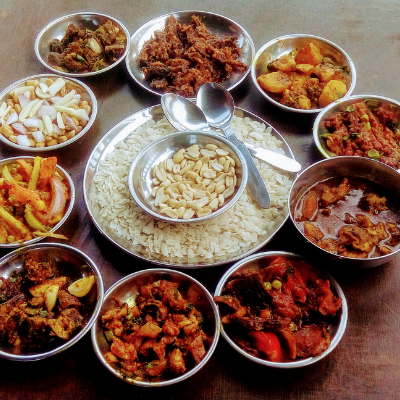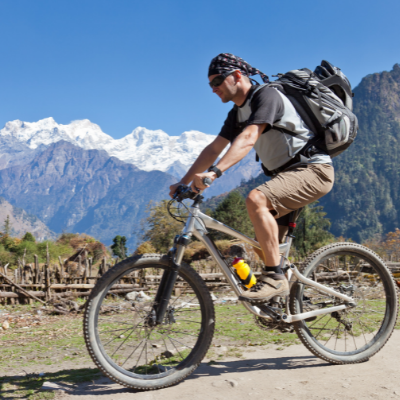Nepal is famous for its traditional clothing, and it is one of the most popular items that tourists purchase as gifts. Garments such as Nepalese woolen hats, sweatshirts, petticoats, gloves, and shoes made from yak and sheep wool are affordable and available in markets such as Thamel, Bhotahity, new road, or Asan tole. Tourists can find the cheapest shopping in Kathmandu on their city tours, but those who are looking for variety should visit the best clothing stores in Kathmandu. The country's traditional attire is easily recognizable by its high durability, warmth, and bright colors.
Amongst the various traditional clothing items, Dhaka Topi, Daura Suruwal, and Sari are the top three traditional dresses that represent Nepal's rich culture and history. Let's take a closer look at each of these traditional dresses and what makes them unique.
Dhaka Topi
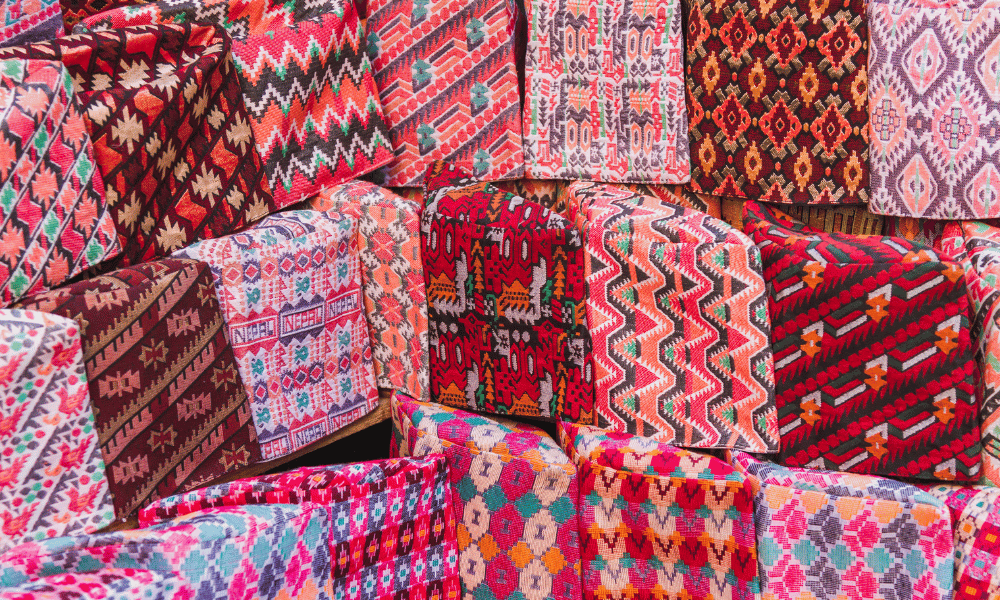
Dhaka Topi is a traditional Nepalese hat made of cotton and is popular among Nepalese men. It is a significant aspect of Nepalese culture and is worn on special occasions such as weddings, festivals, and other cultural events. The hat is made of Dhaka fabric, which is a handloom cotton fabric that is woven with traditional Nepalese patterns. The fabric is lightweight, comfortable, and perfect for the Nepalese climate. Dhaka Topi has a long history in Nepal and represents Nepalese culture and identity. Tourists should buy Dhaka Topi as a souvenir because it is an essential part of Nepalese culture and will help them to connect with the local people.
Daura Suruwal
Daura Suruwal is a traditional Nepalese dress for men, and it consists of a knee-length, wrap-around skirt (Suruwal) and a tunic-style shirt (Daura). The dress is made of cotton or silk fabric and is worn on special occasions such as weddings, festivals, and other cultural events. Daura Suruwal has a significant historical and cultural significance as it represents the Nepalese identity and the unification of Nepal. The dress was introduced in the late 18th century during the reign of King Prithvi Narayan Shah and has been an essential part of Nepalese culture since then. Tourists should buy Daura Suruwal as a souvenir because it represents Nepalese culture and identity and is comfortable to wear.
Sari
Sari is a traditional Indian dress that is also popular in Nepal. It is a long piece of cloth that is draped around the body and is worn with a blouse (Choli) and a petticoat (Underskirt). Sari is made of silk, cotton, or synthetic fabric, and it is worn on special occasions such as weddings, festivals, and other cultural events. Sari has a significant historical and cultural significance as it represents the Nepalese identity and the influence of Indian culture on Nepal. Tourists should buy Sari as a souvenir because it is a beautiful and elegant dress that represents the cultural diversity of Nepal.
In conclusion, traditional Nepalese clothing is essential to Nepalese culture and identity. With various garments such as woolen clothes, Dhaka fabric, and traditional clothing, tourists will undoubtedly find something to buy and take home as souvenirs.
Pashmina shawls
If you're a tourist looking for something cozy, warm, and luxurious to bring back from your trip to Nepal, then Pashmina shawls should definitely be on your list. These shawls are made from the fur of mountain goats and are soft, lightweight, and extremely comfortable to wear.
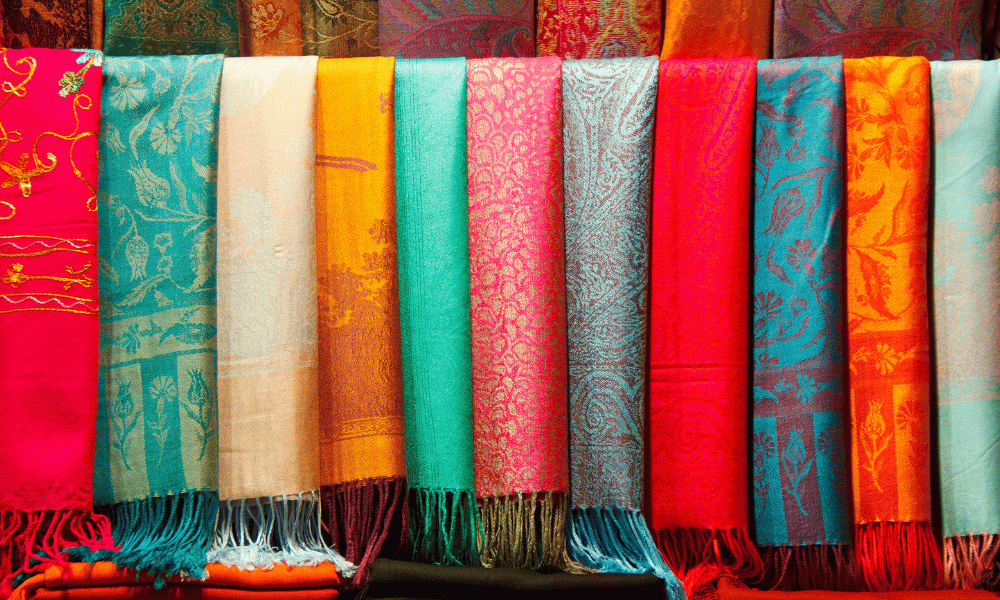
Pashmina shawls come in a variety of fabrics, from 100% Pashmina to silk or cotton blends, and you'll find a large selection in the markets of Nepal. However, due to the prevalence of counterfeit goods, it's important to have a sharp eye when shopping for authentic Pashmina products. We suggest shopping from stores that only sell Pashmina or visiting a factory in Thamel to ensure you're getting the real deal.
Pashmina is equally popular as Cashmere, and its fabrics exude a sense of class and elegance. Nepal is one of the few places in the world where Pashmina is originally woven, making it cheaper here than in most other places. So, not only are you getting a luxurious product, but you're also getting it at an affordable price.
You can find Pashmina shawls, stoles, and scarves in a variety of styles and colours, making it easy to find the perfect one for you or as a gift. Pashmina products are ideal for gifting as they are a symbol of luxury and warmth.
When shopping for Pashmina shawls, you can find 100% pure Pashmina products, but they can be quite expensive. We suggest going for a 70/30 mix of Pashmina silk, which is more durable and less expensive. You can find Pashmina/silk blends ranging from NPR 2000 to NPR 5500, depending on the quality.
As you can see, buying a Pashmina shawl in Nepal is an excellent choice as it's a luxurious and affordable item that exudes elegance and warmth. You'll have plenty of choices to choose from and can be sure to find a quality product if you shop from reputable stores or factories. So, don't forget to add Pashmina shawls to your shopping list during your stay in Nepal!
|
Where to buy
|
Budget required
|
|
Stores that only sell genuine Pashmina or visit a factory in Thamel
|
NPR 2000 to NPR 5500 or more for pure Pashmina
|



